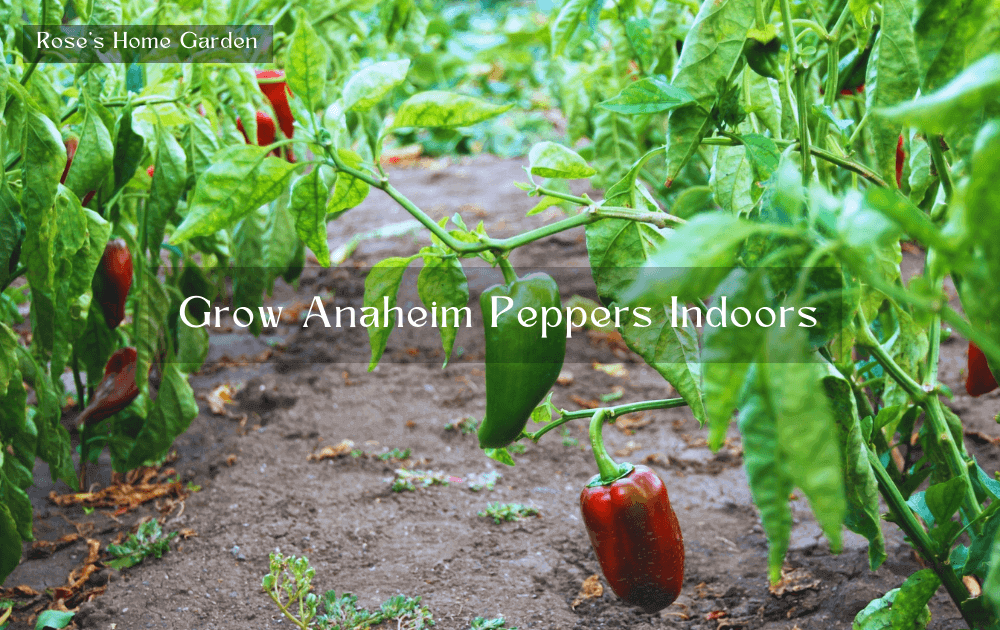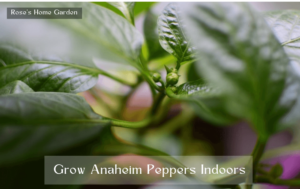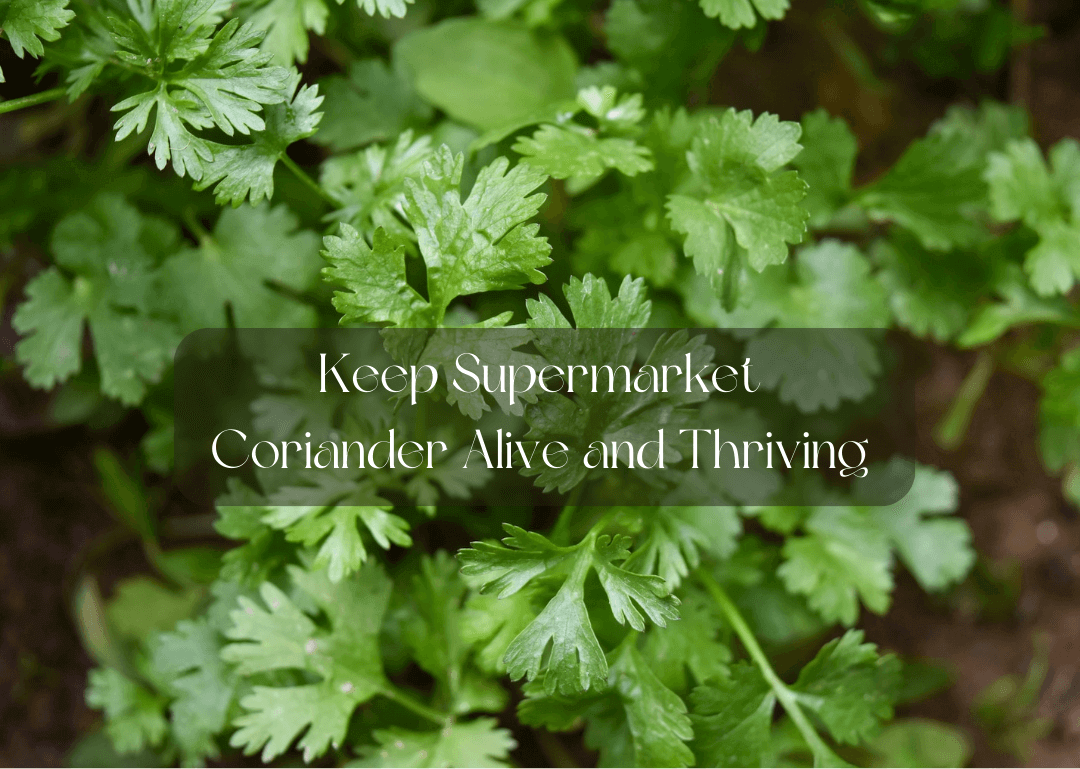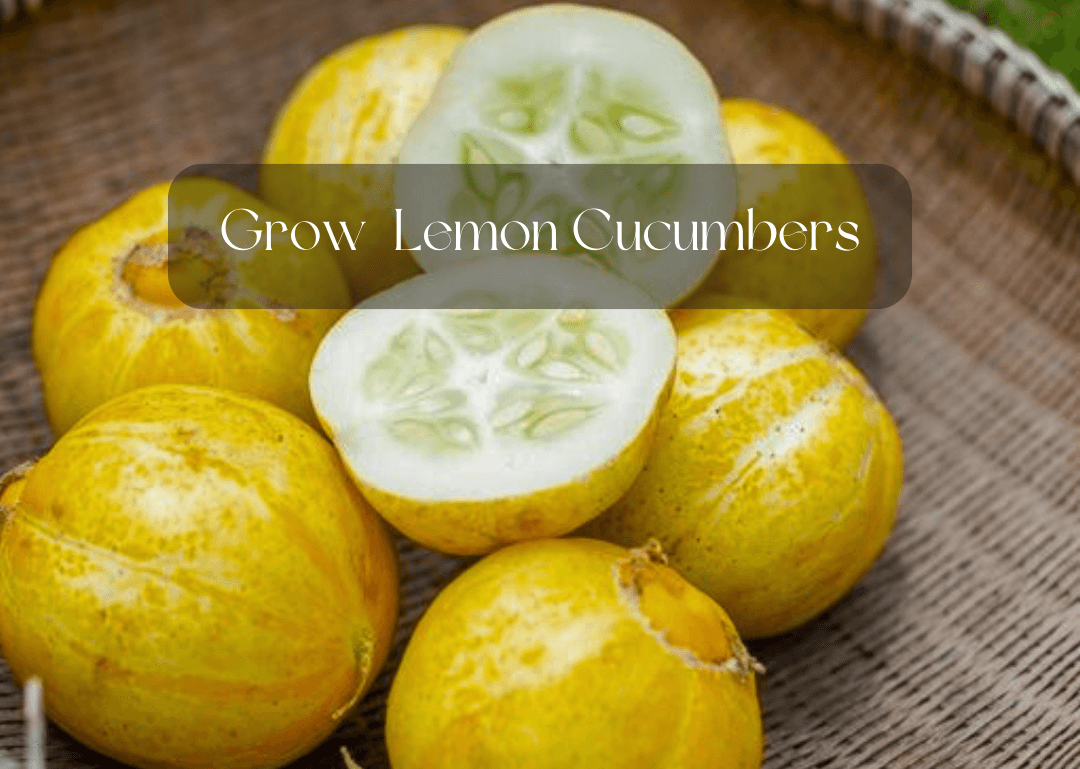
Can You Grow Anaheim Peppers Indoors? | 9 Tips
Hi there! Are you an avid gardener or a spicy food lover? You might have wondered whether it’s possible to grow Anaheim peppers indoors in your home garden. Anaheim peppers, also known as New Mexico chiles, are a popular variety of chili pepper that is mild in heat and often used in Mexican and Southwestern cuisine. In warm climates, they are typically grown outside, but with the right conditions and equipment, they can also be grown indoors.
In this blog, we’ll have a discussion about growing Anaheim peppers indoors, so you can start enjoying fresh, homegrown chilies all year round. We will also answer some common questions. So let’s get started.
How to Grow Anaheim Peppers Indoors?
Growing Anaheim peppers indoors can be a rewarding and satisfying experience for any gardener or chili enthusiast. As they thrive in warm, sunny climates, you can successfully cultivate Anaheim peppers indoors with the right growing conditions. Let’s discuss everything from selecting the right container and soil to harvesting your chilies.
Choose the Best Container to Grow Anaheim Pepper Indoors
Choosing the right container is essential to growing Anaheim peppers indoors successfully. The container must be large enough to accommodate the pepper plant’s root system, but not so large that it holds too much excess soil or moisture. It should be at least 12 inches in diameter and 12 inches deep, still larger containers may be required for bigger plants.
Additionally, make sure the container has drainage holes at the bottom to allow for proper water drainage and airflow to help prevent the soil from becoming waterlogged and promote healthy root growth. A container made of materials such as plastic, ceramic, or terra cotta is suitable to grow Anaheim peppers indoors.
Best Soil Type for Anaheim Pepper
The soil type for growing Anaheim peppers should be well-draining, loose, and nutrient-rich and should retain moisture while allowing excess water to drain away, ensuring that the roots don’t become waterlogged. The best soil mixture for growing Anaheim peppers is a blend of equal parts peat moss, perlite, and vermiculite, with a little compost and manure. It’s important to ensure that the soil pH is between 6.0 and 7.0, which is the ideal range for growing Anaheim peppers.
How to Sow Anaheim Pepper Seeds
Choose a seed variety that is suitable for indoor growing by talking to the supplier. Fill a seed tray or a small pot with a seed-starting mix. Keep in mind that anaheim peppers require well-draining soil that is rich in nutrients. Sow 2 to 3 seeds in each pot or cell, about ¼ inch deep, and cover them with a light layer of soil.
Use a watering can or spray bottle to moisten the soil, being careful not to overwater. Keep the soil moist but not soaking wet. Place the tray in a warm, bright location, such as a sunny windowsill aiming for a temperature of around 21 degrees celsius for best germination results. Anaheim pepper seeds generally germinate within 7-10 days.
Transplant the Seeds into a Larger Container
As soon as the seedlings have emerged, remove any extra seedlings from each pot, leaving the strongest one to grow. Once the seedlings have grown to a few inches tall, transplant them to a larger container with nutrient-rich soil, providing them with adequate space to grow.
Anaheim Pepper Light Requirement
Anaheim peppers require plenty of light (at least 6 to 8 hours per day) to grow and produce healthy fruits. Make sure you place the container in a south-facing window that receives the most amount of natural light. You can also use grow lights to supplement natural light and ensure that the peppers receive enough light to thrive. In order to prevent plants from being burned, adjust the distance between them and the light source according to the intensity of the light.
Water Requirements to Grow Anaheim Peppers Indoors
Anaheim peppers prefer moderate watering and it’s important to maintain consistent moisture levels in the soil to keep the plant healthy. When watering Anaheim peppers, it’s important to avoid both over and under-watering, as both can lead to problems like root rot, wilting, and stunted growth.
It is generally recommended that Anaheim peppers be watered deeply once or twice a week, depending on the environment and container size. Before watering the plant, check the soil moisture level by inserting your finger into the soil up to the first knuckle. If the soil feels dry, it’s time to water the plants. As we have described in the first step, the container should have adequate drainage holes at the bottom to allow excess water to escape.
Use a Balanced Fertilizer to Grow Anaheim Peppers Indoors
Fertilizing is an important aspect of growing Anaheim peppers indoors, as it provides the necessary nutrients for healthy growth and fruit production. A balanced fertilizer with the necessary amounts of nitrogen, phosphorus, and potassium, as well as other essential micronutrients is great for the plant.
Fertilize Anaheim peppers once every two weeks during the growing season, from spring to fall. This helps provide a steady supply of nutrients to the plants and promotes healthy growth. Water the plants before fertilizing. Organic fertilizers, such as compost or fish emulsion, provide a slow-release source of nutrients and can help improve soil health. Click here to learn how to start composting at home.
Pests and Disease Control for Anaheim Pepper
Like all plants, Anaheim peppers are susceptible to pests and diseases that can affect their growth and yield. Below are some common pests and diseases that can affect Anaheim peppers, along with tips on how to prevent and manage them:
Blossom End Rot
The common problem of blossom end rot in peppers is caused by a calcium deficiency in the soil. To prevent this disease, ensure that your soil has adequate calcium levels, and water your plants regularly to maintain consistent soil moisture.
Aphids
Aphids are small, soft-bodied insects that feed on the leaves and stems of plants. They can cause stunted growth and yellowing of the leaves. To prevent aphids, keep your plants well-watered and fertilized, and avoid overcrowding them. You can also use insecticidal soap or neem oil to control aphids if they appear.
Spider Mites
Spider mites are tiny pests that can infest the undersides of leaves and cause yellowing and mottling of the foliage. To prevent spider mites, keep the air around your plants humid, and regularly mist the leaves. You can also use insecticidal soap or neem oil to control spider mites if they appear.
Fusarium Wilt
Fusarium wilt is a fungal disease that can cause wilting, yellowing, and death of the plant. To prevent Fusarium wilt, make sure your soil is well-draining and avoid overwatering. Also, practice crop rotation, and remove any infected plants to prevent the spread of the disease.
My Anaheim Pepper is Turning Brown
Anaheim pepper plants turning brown can be a sign of several issues. Some common reasons for brown leaves on Anaheim pepper plants are watering issues such as overwatering or underwatering. It can also be caused by nutrient deficiency, a lack of essential nutrients, such as nitrogen, phosphorus, or potassium, can cause leaves to turn brown.
Pests or diseases, such as spider mites or Fusarium wilt, can cause leaves to turn brown. Another reason can be environmental stress, such as exposure to extreme heat or cold, which can cause leaves to turn brown. Make sure that your plant is in an appropriate environment for its needs.
Grow Anaheim Peppers Indoors Successfully
Those who live in colder climates or have limited outdoor space may want to consider growing Anaheim peppers indoors. To grow anaheim peppers indoors successfully, they need sufficient light, well-draining soil, and the right amount of water and nutrients. A location that receives at least 6 hours of sunlight per day is ideal for growing Anaheim peppers. Whether you’re a seasoned gardener or a beginner, with a little patience and effort, you can enjoy a bountiful harvest of Anaheim peppers from the comfort of your own home. Happy Gardening!



